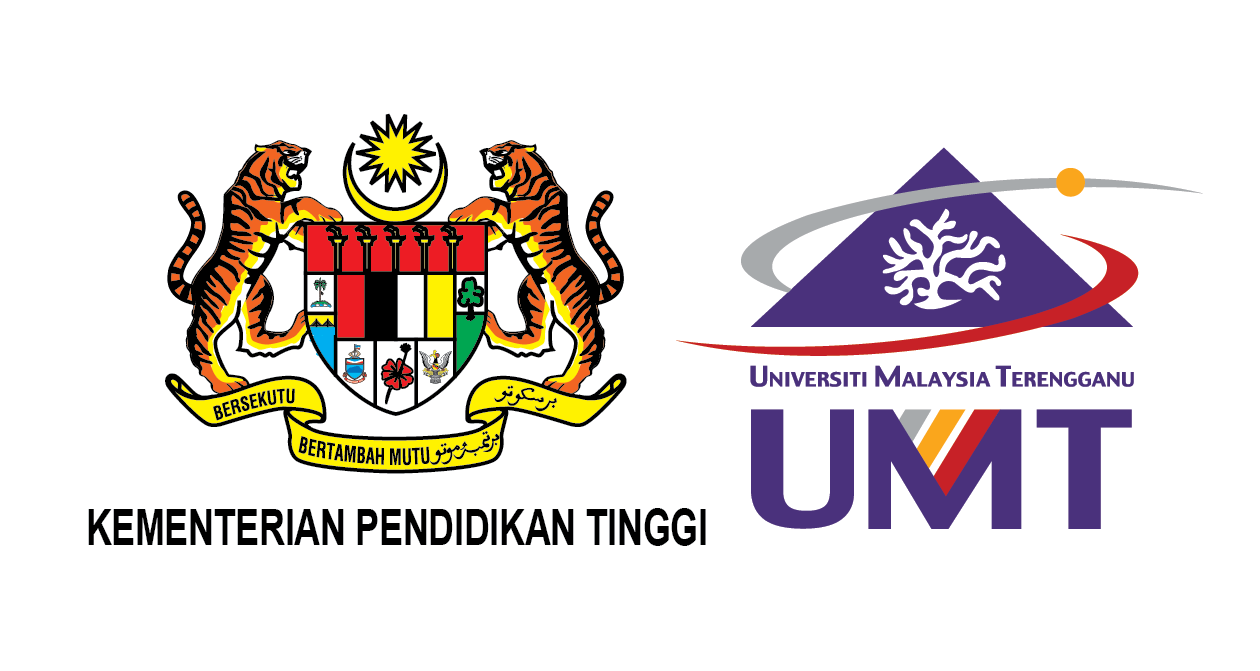Please use this identifier to cite or link to this item:
http://umt-ir.umt.edu.my:8080/handle/123456789/9214| Title: | A study on the effects of carbon dioxide, pCO2 on coral health |
| Authors: | Yang Teng Teng |
| Keywords: | LP 53 FMSM 1 2008 Yang Teng Teng |
| Issue Date: | 2008 |
| Publisher: | Terengganu: Universiti Malaysia Terengganu |
| Abstract: | Effects of air-sea interaction of carbon dioxide in the sea are highly speculated with ocean acidification and alteration of seawater chemistry. This research studied the effects of elevated carbon dioxide, pC02 towards health of scleractinian corals, Porites cylindrica and Galaxea fascicularis by inspecting photosynthesis rate, chlorophyll content, zooxanthellae cell density and calcification rate. Normal free CO2 (aq) in seawater ranged from 23.34 - 38.65 μmol.kg- 1 while the elevated free CO2 (aq) was 67.32 - 109.44 μmol.kg- 1 • Daily, monthly and seasonal variation affects the CO2 level depending on the geographic region, wind velocity and tidal range. Net photosynthesis corresponds with high chlorophyll content resulting significant increase in productivity for both species in elevated pC02 . High photosynthesis activity causes high metabolism in algal cells. Zooxanthellae adjust to external stress and facilitates uptake of elevated pC02 causing cell density in P. cylindrica and G. fascicularis to decline 26.80% and 69.85% respectively. At high pC02, mitotic cell division increases in G. fascicularis from 4.14% to 6.47% but decrease in P. cylindrica from 2.31 % to 0.95%. Species-specific reactions retard zooxanthellae reproduction in P. cylindrica while G. fascicularis shows stress-related response by increasing mitotic division to replenish significant cell loss. Effects of elevated pC02 show species-dependant response in calcification by promoting dissolution rate in P. cylindrica but facilitate carbonate precipitation rate in G. Jascicularis. Calcification rate decline with time suggest the interacting effects of seawater carbonate chemistry could affect calcification in marine calcifying organism such as planktonic pteropod, foraminifera, echinoderm and coccolithophorid as predicted in future. |
| URI: | http://umt-ir.umt.edu.my:8080/xmlui/handle/123456789/9214 |
| Appears in Collections: | Fakulti Pengajian Maritim dan Sains Marin |
Files in This Item:
| File | Description | Size | Format | |
|---|---|---|---|---|
| LP 53 FMSM 1 2008 Abstract.pdf | 970.61 kB | Adobe PDF | View/Open | |
| LP 53 FMSM 1 2008 Full Text.pdf Restricted Access | 3.46 MB | Adobe PDF | View/Open Request a copy |
Items in UMT-IR are protected by copyright, with all rights reserved, unless otherwise indicated.

